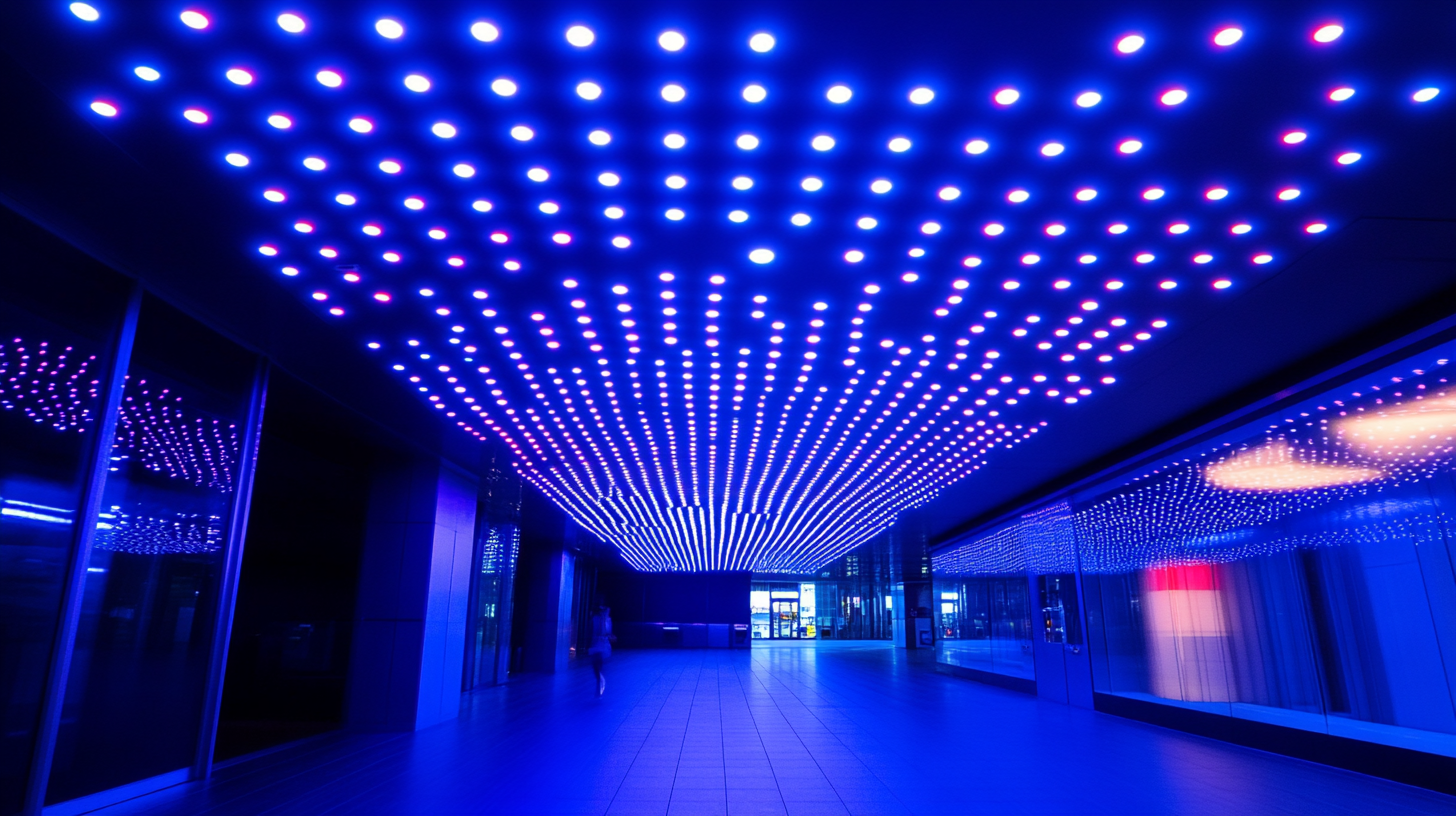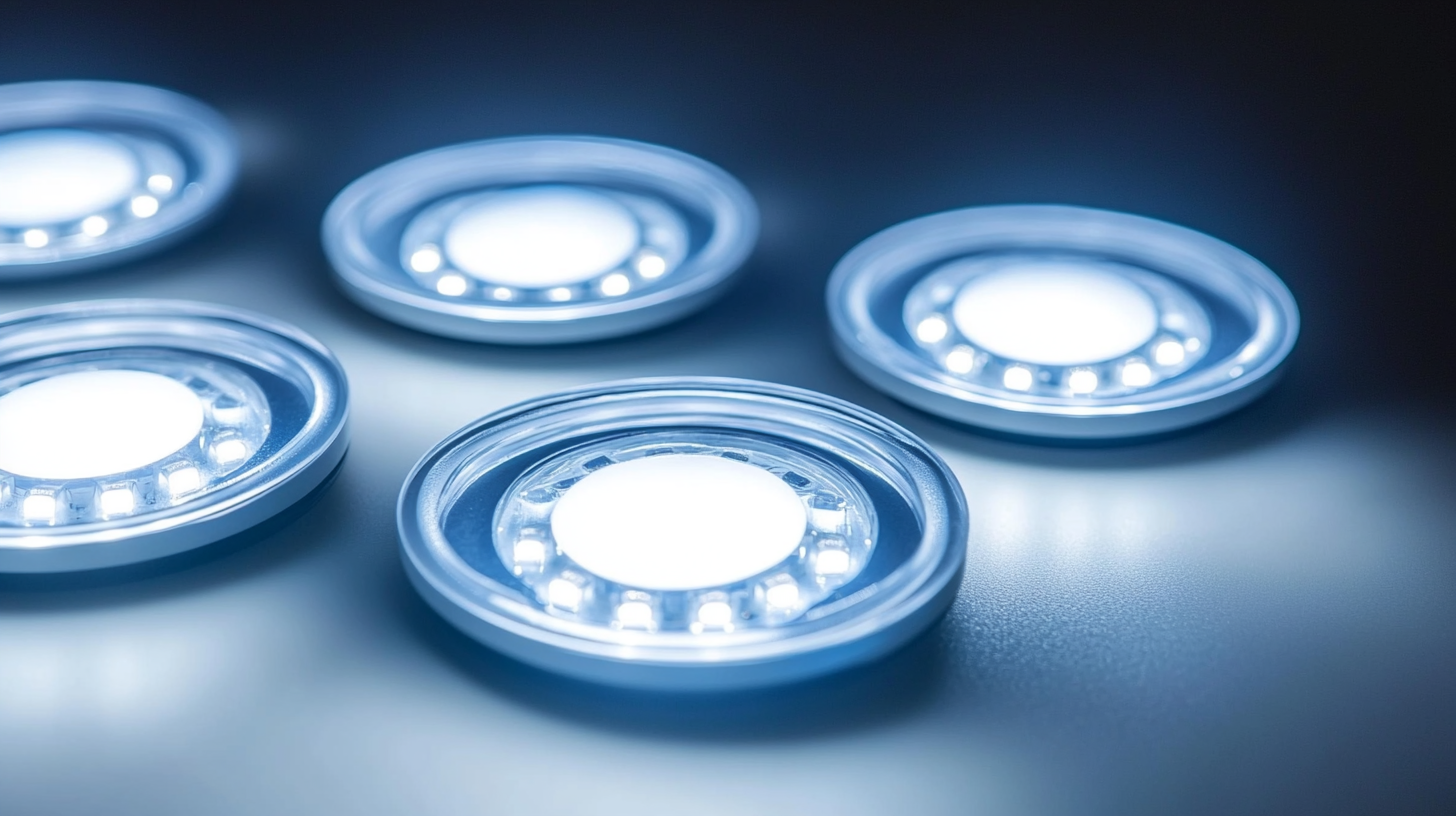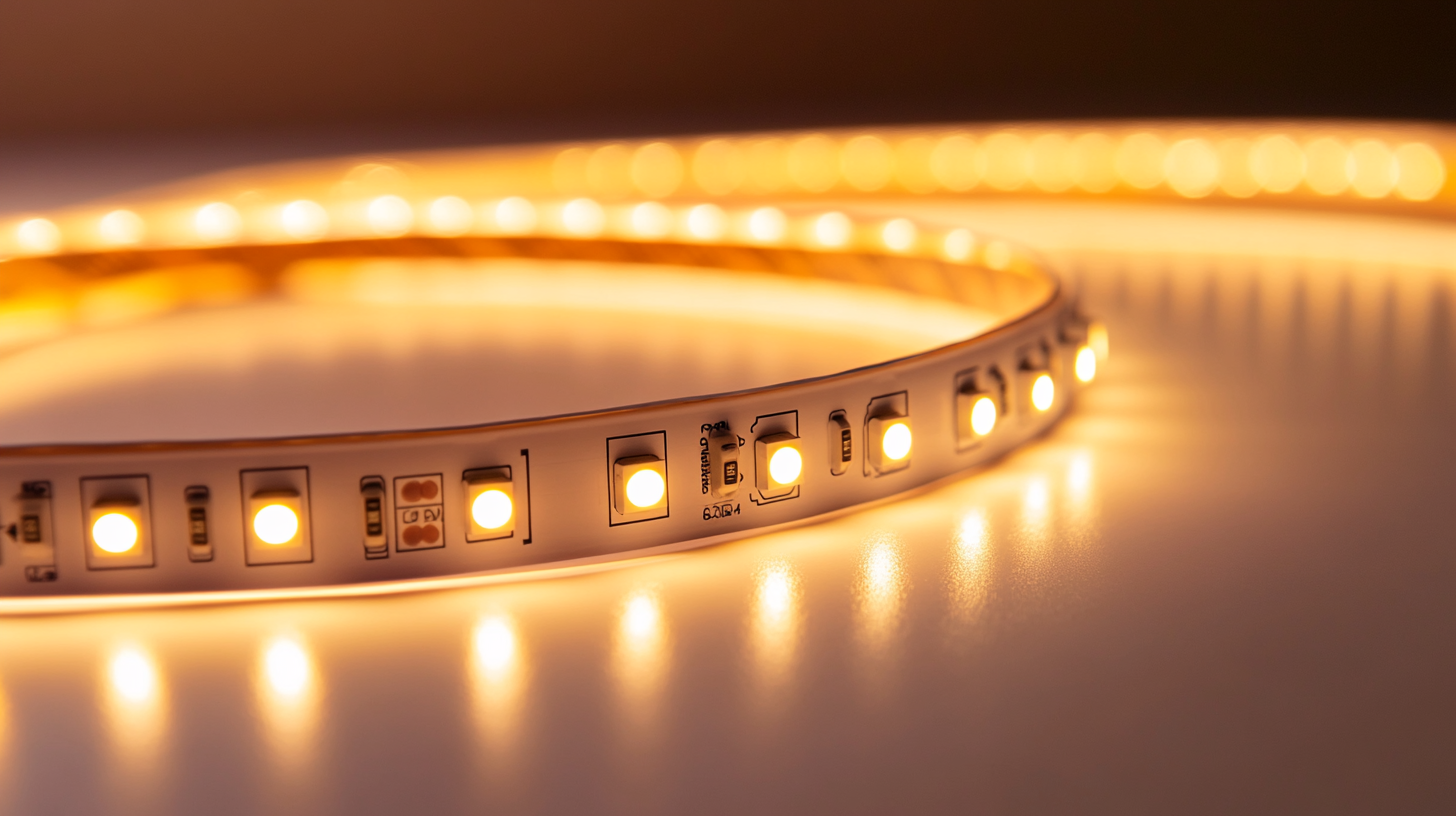Ceiling Led Lights Market Forecast and Trends for 2025
The demand for energy-efficient lighting solutions has propelled the Ceiling Led Lights market into the spotlight, promising significant growth and innovation in the coming years. As more consumers and businesses seek sustainable alternatives to traditional lighting, Ceiling Led Lights have emerged as a frontrunner, combining aesthetic appeal with functional benefits. This blog delves into the projected trends and forecasts for the Ceiling Led Lights market by 2025, examining factors that will influence growth such as technological advancements, changing consumer preferences, and environmental considerations. We will explore how these trends are shaping the market landscape and what they mean for manufacturers, retailers, and consumers alike. Join us as we shed light on the future of Ceiling Led Lights and their role in redefining our living and working spaces.

Market Overview of Ceiling LED Lights: Key Insights and Projections
The ceiling LED lights market is poised for significant growth as we approach 2025, driven by increasing renovations and a shift towards energy-efficient solutions. According to TrendForce’s latest report on the global LED lighting market trends, the demand for LED lights is set to rebound, highlighting a pivotal transition from traditional lighting sources to LED options. The growing emphasis on energy saving and sustainable products is expected to further bolster this market segment, promoting advancements in technology that enhance the functionality and efficiency of ceiling LED lights.
In parallel, the global decorative lighting market, valued at approximately USD 35.98 billion in 2024, is projected to see an upward trajectory, reaching USD 51.65 billion by 2033. There is a vivid overlap in consumer preferences, where aesthetic appeal and utility converge, influencing both the decorative and functional aspects of ceiling lights. As more individuals seek to reinvent their living spaces, the demand for innovative lighting solutions, such as dimmable and smart ceiling LED lights, will undoubtedly accelerate. The interrelation of these markets underscores the overarching trend towards modern, efficient, and versatile lighting solutions that cater to a diverse range of consumer needs.
Ceiling Led Lights Market Forecast and Trends for 2025
| Year | Market Size (in Million $) | Growth Rate (%) | Key Trends | Major Players |
|---|---|---|---|---|
| 2023 | $4,500 | 5.2% | Energy Efficiency, Smart Lighting | Philips, Osram |
| 2024 | $4,800 | 6.5% | Smart Home Integration, IoT | GE, Cree |
| 2025 | $5,200 | 7.8% | Sustainable Lighting, Design Innovation | Signify, Panasonic |
Technological Advancements Driving Ceiling LED Light Innovations
The market for ceiling LED lights is poised for significant growth by 2025, driven largely by technological advancements that are revolutionizing their design and functionality. With designs becoming increasingly sophisticated, today's LED ceiling lights are not just about illumination but also about aesthetic appeal and versatility. Manufacturers are now focused on integrating unique features that cater to diverse consumer preferences, such as customizable colors, smart connectivity, and energy efficiency. According to a recent report by Grand View Research, the global LED ceiling lights market is expected to reach $32.4 billion by 2025, underscoring the demand for innovative lighting solutions.
Moreover, innovations in LED technology are setting new standards in various applications, including residential, commercial, and industrial spaces. Recent developments highlight the introduction of adaptable lighting systems that offer flexibility in design. For instance, the SNAPS system by Art + Alchemy emphasizes unobtrusive beauty combined with customization options, allowing homeowners and businesses to create tailored lighting experiences. Coupled with the growing emphasis on energy efficiency, these advancements not only enhance aesthetic value but also contribute to sustainability goals. A report from the International Energy Agency indicates that upgrading to LED can result in energy savings of up to 75%, further propelling the transition to LED lighting systems in the coming years.
Ceiling LED Lights Market Forecast (2025)
Shifts in Consumer Preferences and Their Impact on Market Trends
The ceiling LED lights market is experiencing a significant transformation, largely driven by shifts in consumer preferences. As sustainability becomes a top priority for many, consumers are increasingly seeking energy-efficient lighting solutions. This has propelled the demand for LED lights, which are known for their reduced energy consumption compared to traditional lighting options. Eco-conscious consumers are more likely to choose products that not only save energy but also have a longer lifespan, resulting in less waste.
In addition to environmental concerns, aesthetic preferences are also shaping market trends. Many consumers are gravitating towards modern, sleek designs that complement contemporary home decor. This has led manufacturers to innovate their product offerings, incorporating features like smart technology and customizable lighting options. As a result, ceiling LED lights are evolving from mere functional fixtures to integral components of interior design, allowing consumers to express their individuality and enhance their spaces. The interplay between sustainability and style continues to influence purchasing behavior, marking a dynamic shift in the ceiling LED lights market as we look towards 2025.
Ceiling LED Lights Market Forecast for 2025
This pie chart illustrates the projected distribution of consumer preferences for different types of ceiling LED lights by 2025. The data reflects a shift towards energy-efficient and smart lighting solutions.
Regional Analysis: Growth Opportunities in Global Markets
The ceiling LED lights market is poised for significant growth by 2025, influenced by regional opportunities that vary across global markets. As energy efficiency continues to be a key concern for consumers and businesses alike, the transition from traditional lighting to LED solutions presents an array of growth potential. Countries with rapid urbanization and infrastructure development are likely to witness heightened demand, especially in regions such as Asia-Pacific, where the demand for sustainable and cost-effective lighting options is surging.
Moreover, advancements in smart lighting technology are transforming the ceiling LED lights landscape. With the increasing integration of IoT solutions, manufacturers are innovating to offer products that provide not only illumination but also enhanced control and energy savings. The focus on environmental sustainability is urging consumers to invest in LED lighting systems that contribute to lower energy consumption and reduced carbon footprints. As a result, the regional analysis reveals a clear trajectory of growth opportunities across diverse markets, making the ceiling LED lights sector an exciting domain for investors and stakeholders looking to capitalize on burgeoning trends.

Sustainability Trends Influencing the Ceiling LED Lights Sector
As we approach 2025, the ceiling LED lights market is witnessing significant shifts influenced by sustainability trends. Consumers and businesses alike are increasingly prioritizing eco-friendly solutions in their interior designs, leading to a surge in demand for energy-efficient lighting options. The transition to LED lights not only reduces energy consumption but also aligns with growing environmental consciousness among consumers. These advancements are supported by the industry’s continuous innovation in energy-efficient technologies, making sustainable lighting more accessible and appealing.
Moreover, the design aspect of ceiling LED lights is evolving alongside these sustainability trends. Designers are incorporating advanced aesthetics with eco-friendly materials to create functional yet stylish lighting solutions. This is particularly evident in the recessed lighting segment, where modern, sleek designs can enhance the visual appeal of any space while minimizing energy usage. As businesses focus on creating more environmentally responsible interiors, the integration of sustainable LED lighting is becoming a key factor in architectural and interior design trends for 2025.

